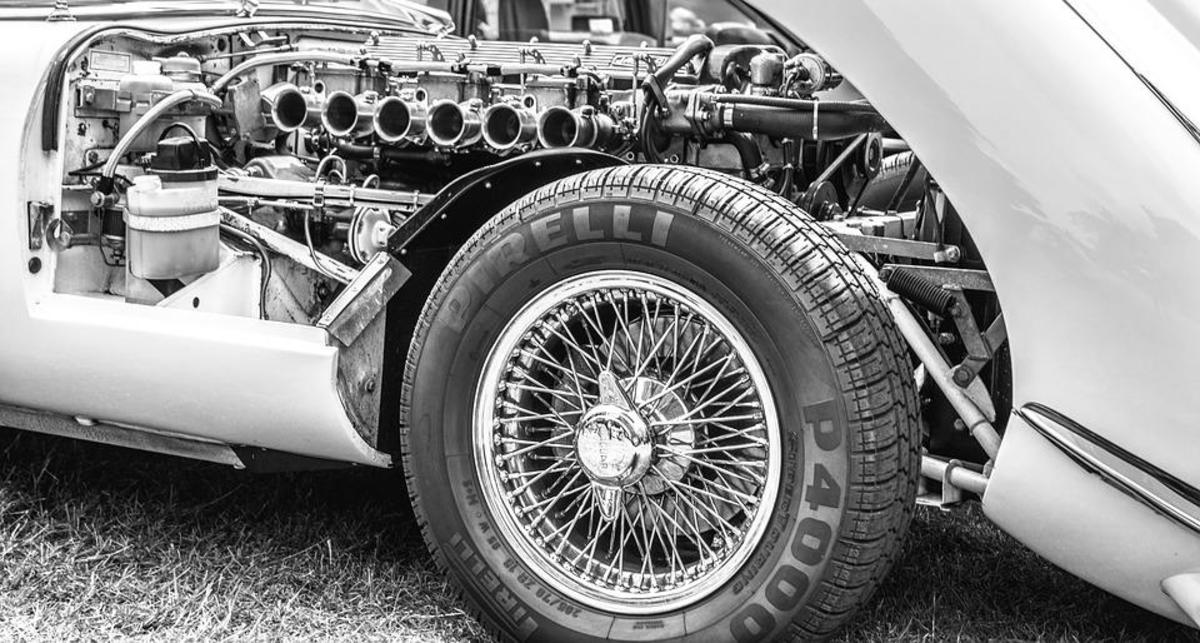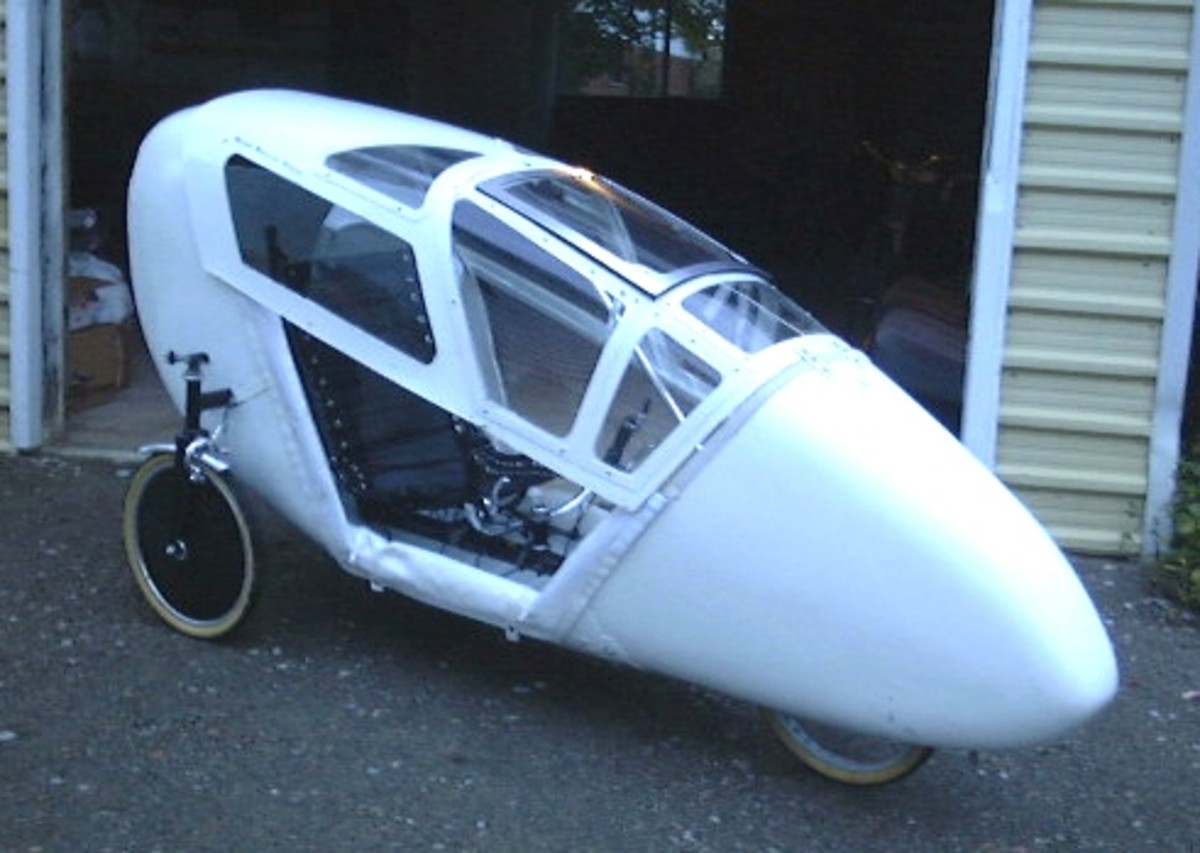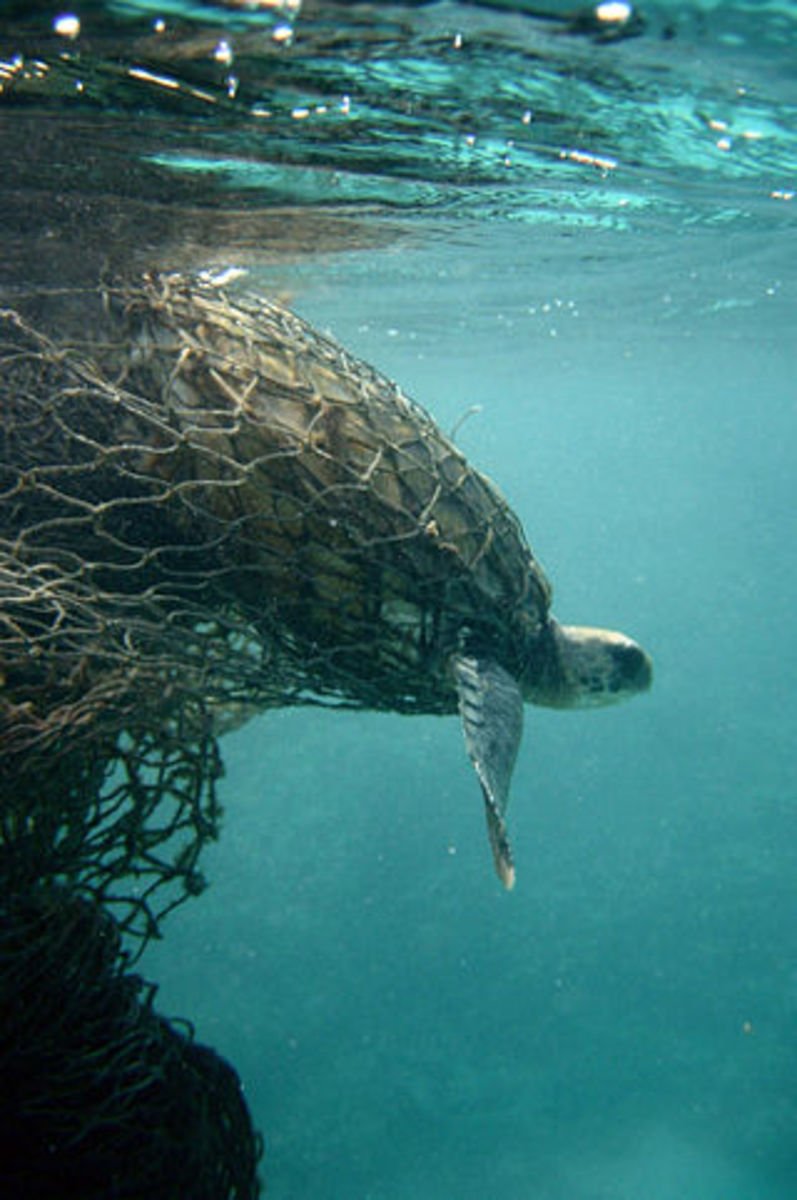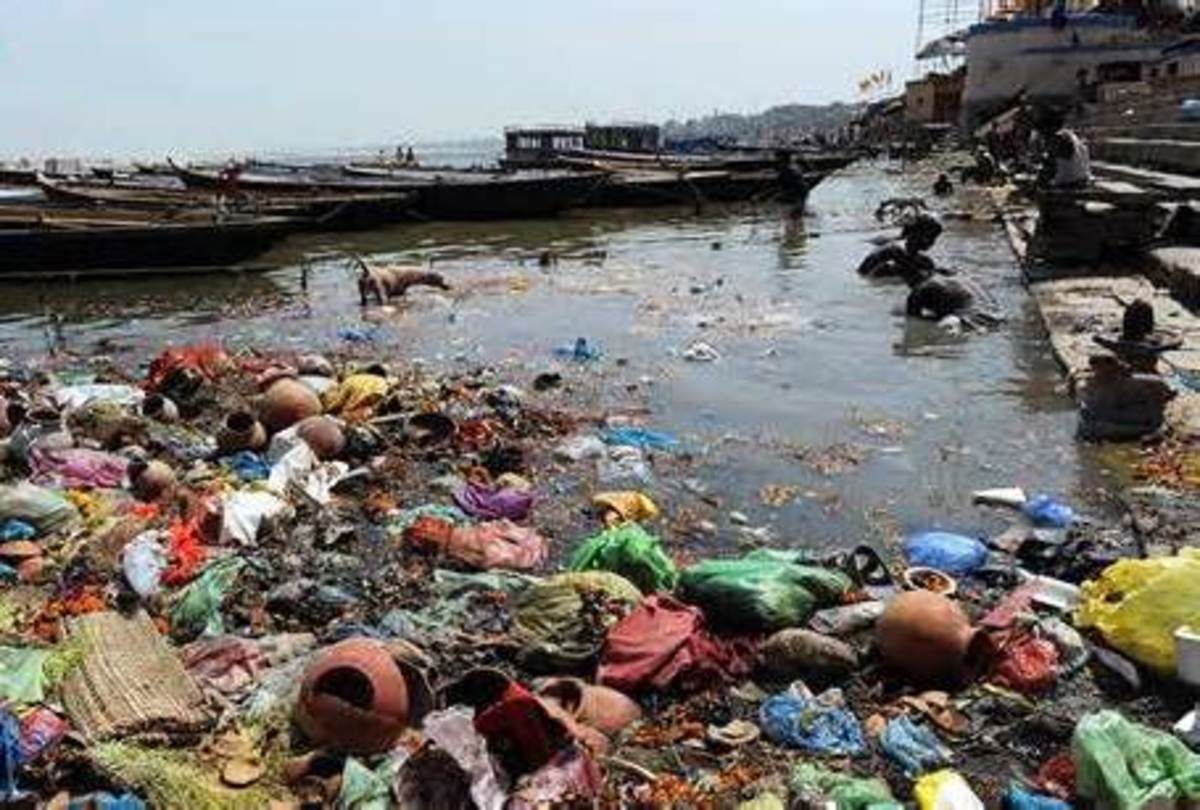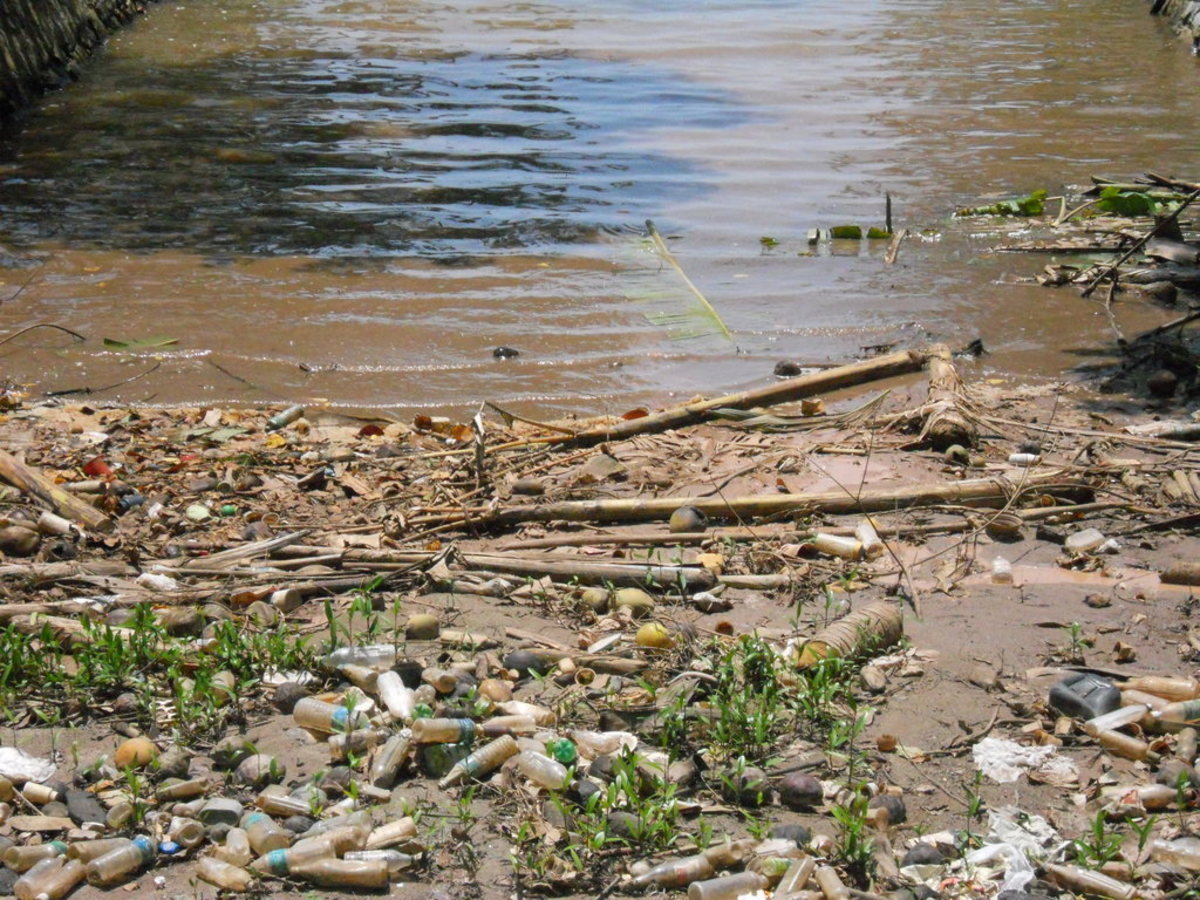Bigfoot: Reduce Your Carbon Footprint with Smart Driving
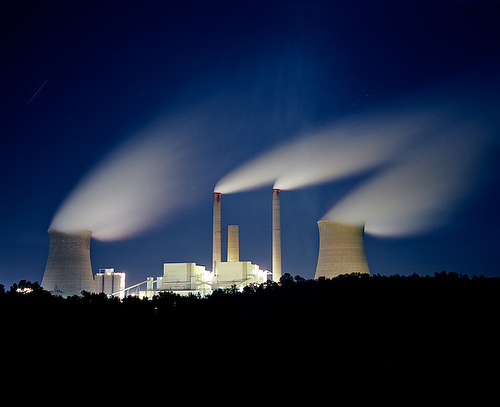
Are You a Bigfoot?
We love our cars. We love to take road trips, go shopping, spend the day at the beach, and take in the sights, all from the comfort of our cars. It seems a safe, reliable and friendly way to get around, but in fact automobiles are the single largest contributor to carbon emissions.
The amount of global warming pollution coming from U.S. Cars is mind-boggling. According to the Environmental Defense Fund, our 2004 “carbon dioxide emissions from personal vehicles totaled 314 metric tons. That's equal to the amount of carbon in a coal train 55,000 miles long, enough to circle the world twice.” An average household with two mid-sized vehicles emits 20,000 lbs. of carbon dioxide per year, or 10 tons of pollution added to the layer of greenhouse gases forming a thick blanket around the earth and leading to climate change.
Putting the Brakes on Auto Emissions
Fortunately, there are some simple steps you can take to greatly reduce your personal carbon emissions by simply adjusting your driving and vehicle maintenance habits. By instituting these simple changes, you can increase the fuel efficiency of your car by as much as 30%, cut greenhouse gas emissions and other pollutants, and in the process, save hundreds of dollars per year in fuel costs. Furthermore, a link and details are provided at the bottom of this article to purchase carbon credits from carbonadvicegroup.com, increasing your dedication to the reduction of greenhouse gases.
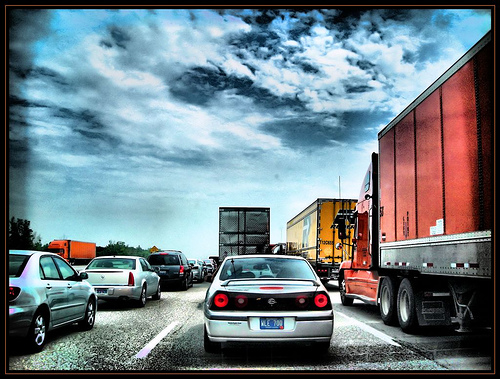
Drive Smoothly at Posted Speed Limits
When we press down on the gas pedal and let up, over and over, we burn more fuel. Instead, gradually increase your speed and maintain it at a steady level. Try to keep the vehicle moving at a consistent speed. Obeying the speed limit is also crucial. Increasing highway cruising speed from 55mph (90km/h) to 75mph (104km/h) can raise fuel use as much as 20%. Improve your gas mileage by driving at 55mph rather than 65mph. In addition, traffic lights are calibrated according to posted speed limits, so by driving at the limit rather than over it, you will hit fewer red lights. On the highway, use your “cruise control” if your car is equipped with one. This maintains a steady speed.
Avoid Idling
Idling wastes fuel and increases carbon emissions. If you are going to be stopped for more than 30 seconds, unless you are in traffic, cut your engine off. It is a common misconception that a car needs to idle for a long period during cold weather before driving. In truth, although some older vehicles may require additional “warming up,” most cars should not idle more than 30 seconds before driving.
How to Check Tire Pressure and Inflate a Tire
Properly Inflate Your Tires
Under-inflated tires can increase fuel consumption by 6%. Check the tire pressure at least once per month. First check them in the driveway noting any under-inflated tires, then drive to the gas station and check them again. Inflate the under-inflated tires to match the others, which will now be higher because the tires are warm. Consult your owners manual for the proper tire pressure and remember that radial tires can be under-inflated without appearing so. Also, never inflate your tires to the “maximum pressure allowed” stated on the side of your tire.
Choose the Octane Fuel Right for Your Car
Premium, high-octane fuels aren't necessarily the best for your car, and they don't provide any better fuel efficiency. Most vehicles are designed for low-octane fuels. Check your owner's manual to see which is best for your car.
Use the Air Conditioner Sparingly
Using your air conditioner on a hot summer day can cost you 10% in fuel consumption. Use the flow-through air vents if possible instead. At low speeds, open widows may reduce fuel consumption, but at high speeds, using the air conditioning may be more efficient, as open windows and a sunroof increase wind resistance.
Plan Your Trip
Can you get to your destination without using your car? Can you walk or ride a bike instead? Does public transportation go to where you need to go? Any of these methods will not only reduce carbon emissions, but are good for your health as well. In addition, plan your shopping trips to combine many errands on a logical route, which saves gas and time.
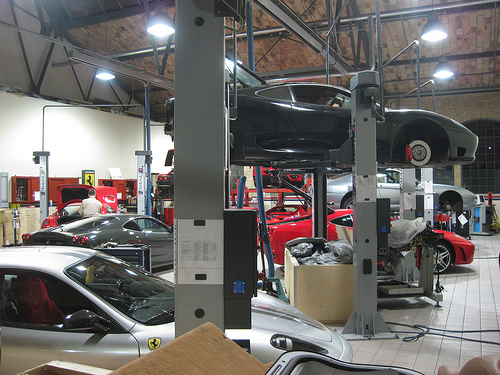
Service Your Vehicle Regularly
A well-tuned engine can increase fuel efficiency by a whopping 50% and decrease carbon emissions by 50%. Regularly change your air filter and your oil, using the oil with the correct viscosity according to your owners manual. If you change your own oil, dispose of your old oil properly, by dropping it off at a service station that changes oil or an oil change business. Call first to ensure they accept used oil for disposal. Most do.
Quick Trips
Power Accessories: Turn off all accessories such as the radio when turning off you car. If they are on when you start your car, they put extra demands on your alternator which then requires more fuel.
Tighten Your Gas Cap: According to the Car Care Council, loose, damaged, or missing gas caps cause 147 millions gallons of gas to evaporate every year. Tighten yours past the second click, or buy a new one.
Park in Shady Areas: This not only reduces the need for air conditioning, but minimizes gas evaporation as well.
Don't Carry Unnecessary Cargo: Carting around lots of items adds weight to your load and requires more fuel to move the car. Empty the vehicle of all extranious items.
Use a Block Heater: When temperatures drop to -20°C, use a block heater which keeps your engine oil and coolant warm, making it easier to start. Use a timer to start the heater 1 or 2 hours before you plan to drive.
Start With a More Efficient Car: The next time you are in the market for a new car, make the smart choice by choosing a vehicle with better fuel consumption. Look for the “EnerGuide” label posted on all new cars, or ask the dealer for the fuel consumption rating.

Buying Carbon Credits
By implementing these minor changes in your driving habits, you can significantly impact your cars' carbon emissions for the positive, resulting in fewer greenhouse gases which cause global warming.
To further influence your effect on the environment, consider purchasing carbon credits from Carbon Advice Group. What is a carbon credit? You can compensate for your unavoidable emissions by paying someone to make an equivalent greenhouse gas saving. This is called ‘carbon offsetting’. The first step is to determine your carbon footprint, and then purchase the necessary carbon credits to offset your footprint. The money used to purchase credits is invested in carbon reducing projects throughout the world. It may be simply planting trees or building a new recycling center in South America.
Carbon Advice Group ensures that you receive recognized and reputable credits, verified by the UN and meeting the requirements of the Kyoto Protocol. You can calculate your carbon footprint and purchase carbon credits for the project of your choice. What are you waiting for? Don't be a Bigfoot. Get started saving the environment by clicking on the link below.

Carbon Advice Group Link
- Carbon Advice Group Website
We are all responsible for adding Carbon Dioxide into the atmosphere, just by doing everyday things such as driving our cars, heating our homes and flying to a holiday destination. Use our Carbon Calculators (over on the right hand side) to find out
More Great Carbon Emission Articles
For more information on the important topic of carbon footprints and carbon credits, please visit these articles:



